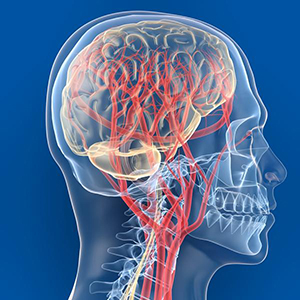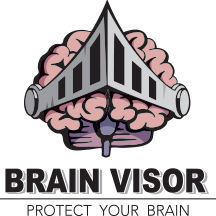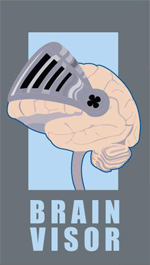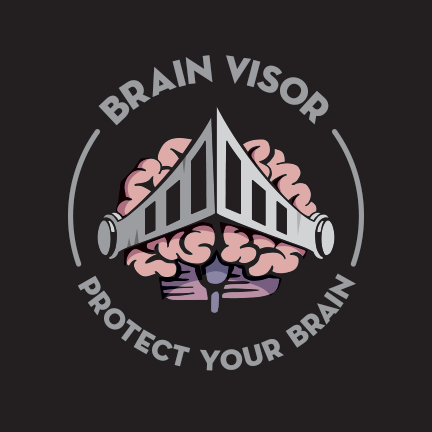
Cerebrovascular Disorders
Cerebrovascular disease is considered to be the most common cause of neurologic disability in the United States and the leading cause of death worldwide. The common term used to describe a cerebral vascular disorder is stroke. To learn more about stroke, please click on the following links:
Common types of Cerebrovascular Disorders include:
Cerebral Ischemia – a condition that occurs when there isn’t enough blood flow to the brain to meet metabolic demand. This leads to limited oxygen supply or cerebral hypoxia and leads to the death of brain tissue, cerebral infarction, or ischemic stroke
Thrombosis – a type of occlusion in which a clot (thrombosis) forms in an artery and obstructs blood flow at the site of its formation
Embolism – a type of artery occlusion in which the clot forms in one area of the body and travels through the arterial system to an area of the brain where the clot becomes lodged and obstructs cranial blood flow
Infarction – when an ischemia is severe enough to kill the nerve cell, the neuron is considered infarcted
Transient Ischemic Attacks (TIA) – a temporary lack of oxygen to the brain that can cause a time-limited set of neuropsychological deficits
Migraine Stroke – a rare type of stroke caused by severe transient ischemic attacks (associated with classic migraine)
Hemorrhage– a massive bleeding into the substance of the brain
Arteriovenous Malformation (AVMs) – abnormal and often redundant vessels that cause abnormal blood flow. Due to weak vessel walls, AVMs may lead to slow bleeding or inadequate distribution of blood in the regions surrounding the vessels.
Reference
Ziillmer, E., Spiers, M., & Culbertson, W. (2008). Principles of Neuropsychology (2nd ed.). Belmont, CA: Wadsworth, Cengage Learning.
 |
BrainVisor – Protect Your BrainBrainVisor does not provide medical or psychological advice, diagnosis or treatment recommendations. The material on this site is for informational purposes only and is not a substitute for your doctor or other health care professional's care.
|
 |
||
|









